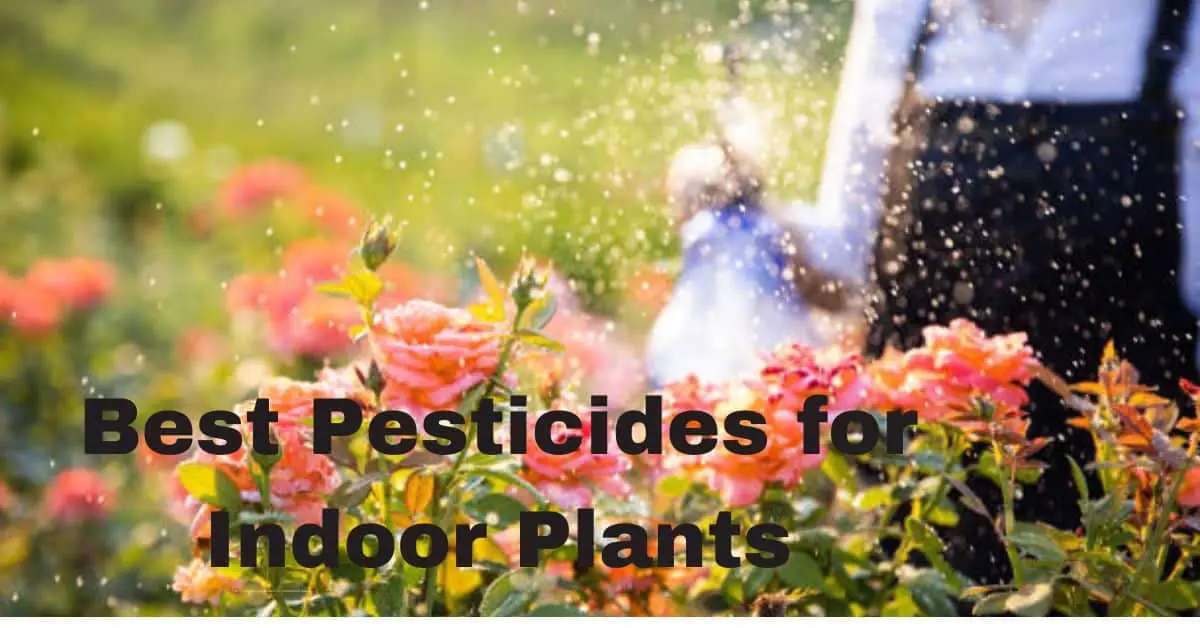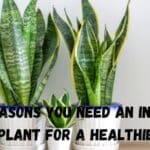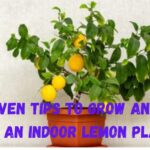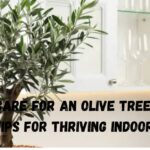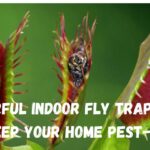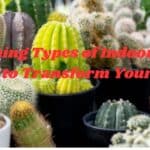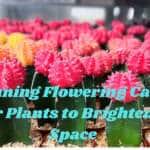Indoor plants bring life, beauty, and a breath of fresh air into our homes, but pests can often threaten the health and vibrancy of your indoor garden. Finding the best pesticides for indoor plants can be challenging, especially when you want to keep your space safe and healthy. In this post, we’ll explore a variety of effective, safe pesticides for indoor plants, and I’ll share some tips to prevent pests from settling in to begin with
Table of Contents
Why Indoor Plants Need Pest Control
Even in a controlled indoor environment, plants are vulnerable to pests such as spider mites, aphids, fungus gnats, and mealybugs. These insects can feed on leaves, roots, and stems, weakening or even killing plants if not controlled. Unfortunately, because indoor plants are often isolated from natural pest predators, infestations can get out of control quickly.
Whether you’re growing leafy greens in a vertical garden or nurturing a few houseplants, regular pest control is key to keeping your plants healthy.
Choosing the Right Pesticide for Indoor Plants
The best pesticides for indoor plants fall into three categories: natural or homemade solutions, organic pesticides, and synthetic pesticides. Each type has its own benefits and considerations, and the right choice depends on the type of pest and your personal preferences.
1. Natural and Homemade Pesticides
Natural solutions are great for people who prefer a more eco-friendly approach. They’re often easy to make from household items and are safe for both plants and people.
Neem Oil:
Neem oil is an all-natural pesticide derived from the neem tree. It’s widely known for its effectiveness against a range of pests, including aphids, whiteflies, and spider mites. I’ve personally used neem oil on my indoor plants, and it has worked wonders. To use, mix a few drops of neem oil with water and a few drops of dish soap, then spray it directly on the plants.
Soap and Water Solution:
This is an affordable and straightforward solution that’s safe for most indoor plants. Mix a few drops of mild dish soap with water and spray it on the plant. This mixture can eliminate soft-bodied pests like aphids and spider mites by suffocating them. I like to use this remedy on my smaller indoor plants because it’s gentle yet effective.
Diatomaceous Earth (DE):
DE is a powder made from fossilized algae and is highly effective at killing soft-bodied pests. Simply dust a thin layer of DE on the soil surface and around the base of your plants to keep pests away. It’s a great natural option, especially for plants with soil-dwelling pests like fungus gnats.
2. Organic Pesticides
If you prefer an option that’s slightly stronger than natural remedies but still environmentally friendly, organic pesticides can be a good choice. These are made from natural ingredients but are often more potent than homemade solutions.
Insecticidal Soap:
Similar to soap and water but stronger, insecticidal soap is formulated specifically to kill pests without harming plants. It’s effective against aphids, spider mites, and mealybugs. When I had an infestation of aphids on my pothos plants, insecticidal soap took care of it within days without damaging the leaves.
Pyrethrin-Based Sprays:
Pyrethrin is derived from chrysanthemum flowers and is effective against a wide variety of indoor plant pests. While potent, pyrethrin is safe for plants and indoor environments if used carefully. It’s a great choice for heavy infestations, but be sure to follow the instructions on the label, as overuse can harm plants.
Horticultural Oils:
These oils work by coating insects and effectively suffocating them. They’re especially useful for controlling soft-bodied insects like spider mites and aphids. Since they’re oil-based, horticultural oils should be applied sparingly and only on plants that can tolerate oil sprays, like succulents and thick-leafed plants.
3. Synthetic Pesticides
Synthetic pesticides are often the last resort for dealing with severe infestations on indoor plants. These products are generally more powerful than natural or organic options but should be used carefully to avoid harming your indoor environment.
Imidacloprid:
This is a systemic pesticide that’s absorbed by the plant and works from within to kill pests. It’s effective against root-dwelling pests and can help prevent recurring infestations. However, avoid using it on plants you keep near food or areas where pets and children frequent.
Permethrin Sprays:
Permethrin is a powerful insecticide that can handle tough pests like spider mites and thrips. It’s best to use this option only when other solutions have failed, and always follow the application instructions carefully.
Tips for Using Pesticides Safely on Indoor Plants
Using pesticides indoors requires extra caution to protect yourself and your living space. Here are a few practical tips:
- Read Labels Carefully
Each pesticide has specific instructions regarding application and dosage, so always read the label. Overuse or improper application can harm plants and pose a risk to people and pets. - Test on a Small Area First
If you’re using a new pesticide, test it on a small area of the plant first. Some plants are more sensitive to certain chemicals, and it’s better to catch any issues early. - Apply Outdoors or in a Well-Ventilated Area
Even mild pesticides like neem oil can release strong odors. If possible, apply the pesticide outdoors or in a well-ventilated area to minimize exposure. - Avoid Overuse
Indoor plants don’t have the same exposure to natural elements as outdoor plants, so it’s easy to overdo it with pesticides. Use them sparingly and only when absolutely necessary.
Preventing Pests on Indoor Plants
The best way to deal with pests is to prevent them from invading your indoor garden in the first place. Here are some preventive steps you can take:
Regular Inspections:
Check your plants for signs of pests every few weeks. Look for small holes, sticky residue, or webbing—these are common indicators of pest activity.
Isolate New Plants:
When bringing a new plant home, keep it isolated from other plants for a few weeks to ensure it’s not carrying any pests. I’ve made this a rule after an experience where I brought in a new fern only to find it had aphids, which spread to my other plants.
Maintain Cleanliness:
Dust, decaying leaves, and stagnant water attract pests. Keep your indoor garden clean and remove dead leaves to minimize the risk of infestations.
Use Quality Soil:
Avoid using soil from outside, as it can carry pests and diseases. Always use high-quality potting soil formulated for indoor plants.
Water Carefully:
Overwatering can lead to fungus gnats, so it’s important to follow each plant’s watering needs. Let the soil dry out between waterings for plants that prefer drier conditions, like succulents and cacti.
Final Thoughts on Choosing the Best Pesticides for Indoor Plants
Keeping indoor plants pest-free doesn’t have to be a challenge if you’re prepared with the right tools and knowledge. From natural solutions like neem oil to organic insecticidal soaps, there’s a pesticide option for every situation and level of pest control needed. Remember, the best approach is always to prevent pests in the first place with good care and cleanliness.
Whether you’re just starting out with indoor plants or already have a small green jungle, these tips can help keep your plants healthy and vibrant. So take these insights, experiment with what works best in your space, and enjoy a pest-free, thriving indoor garden.
